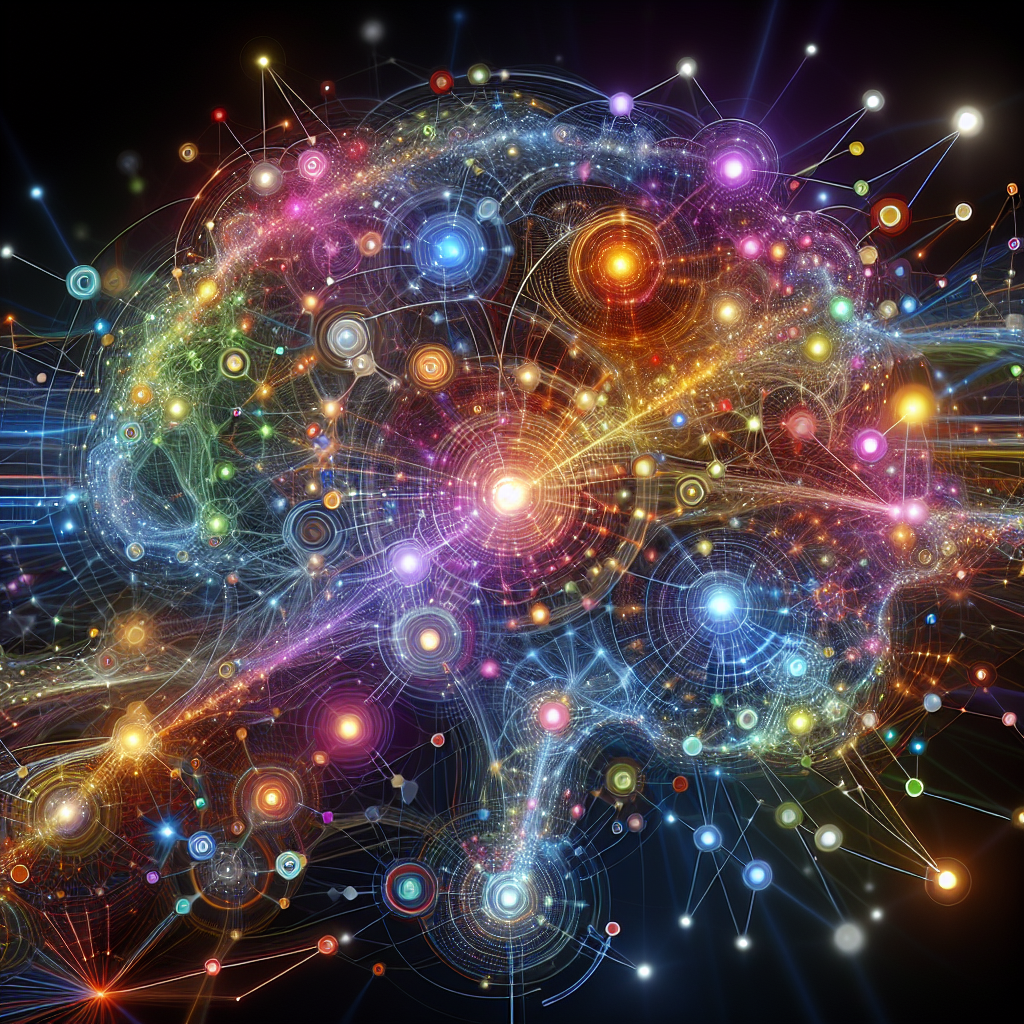Generative AI algorithms are a type of artificial intelligence that is capable of creating new content based on patterns and examples it has been trained on. These algorithms are used in a wide range of applications, from creating realistic images and videos to generating text and music. In this article, we will explore the basics of generative AI algorithms, how they work, and their potential applications.
How do generative AI algorithms work?
Generative AI algorithms work by learning patterns and structures from a large dataset of examples. These algorithms are typically based on neural networks, which are a type of machine learning model inspired by the way the human brain processes information. Neural networks consist of layers of interconnected nodes that process and transform input data to generate an output.
Generative AI algorithms can be categorized into two main types: generative adversarial networks (GANs) and variational autoencoders (VAEs). GANs consist of two neural networks – a generator and a discriminator – that work together to generate new content. The generator creates new samples based on random noise, while the discriminator tries to distinguish between real and generated samples. Through this adversarial training process, the generator learns to create more realistic content over time.
On the other hand, VAEs are a type of generative model that learns a probabilistic distribution of the input data. VAEs consist of an encoder that maps input data to a latent space representation and a decoder that generates output data from the latent space. By learning the underlying distribution of the data, VAEs can generate new samples that are similar to the training data.
What are the applications of generative AI algorithms?
Generative AI algorithms have a wide range of applications across various industries. Some of the common applications include:
1. Image generation: Generative AI algorithms can create realistic images of objects, landscapes, and even people. This technology is used in digital art, video game development, and graphic design.
2. Video generation: Generative AI algorithms can generate realistic videos by predicting the next frame based on the previous frames. This technology is used in video editing, animation, and special effects.
3. Text generation: Generative AI algorithms can generate human-like text, such as news articles, stories, and poems. This technology is used in content generation, chatbots, and language translation.
4. Music generation: Generative AI algorithms can compose new music based on existing songs or genres. This technology is used in music production, sound design, and entertainment.
5. Drug discovery: Generative AI algorithms can generate new molecules with specific properties, such as drug candidates or materials. This technology is used in pharmaceutical research, material science, and chemistry.
What are the challenges of generative AI algorithms?
Despite their potential applications, generative AI algorithms also pose several challenges. Some of the common challenges include:
1. Data quality: Generative AI algorithms require a large and diverse dataset to learn meaningful patterns. If the training data is biased or incomplete, the generated content may be inaccurate or misleading.
2. Overfitting: Generative AI algorithms may memorize the training data instead of learning the underlying patterns. This can lead to poor generalization and unrealistic content generation.
3. Interpretability: Generative AI algorithms are often considered black boxes, meaning that it is difficult to understand how they generate new content. This lack of interpretability can make it challenging to trust and validate the generated output.
4. Ethical concerns: Generative AI algorithms can be used to create fake news, deepfakes, and other malicious content. This raises ethical concerns about the potential misuse of the technology and its impact on society.
FAQs
Q: Can generative AI algorithms create completely original content?
A: Generative AI algorithms are trained on existing data and patterns, so they cannot create completely original content. However, they can generate new content that is similar to the training data.
Q: How can generative AI algorithms be used in creative industries?
A: Generative AI algorithms can be used in creative industries to automate the process of content creation, such as generating images, videos, text, and music. This technology can help artists and designers explore new ideas and styles.
Q: Are generative AI algorithms capable of learning and adapting to new data?
A: Generative AI algorithms can be fine-tuned with new data to improve the quality of the generated content. However, they may struggle to adapt to drastically different data distributions.
Q: What are some of the limitations of generative AI algorithms?
A: Some of the limitations of generative AI algorithms include their reliance on large amounts of data, the potential for overfitting, and the lack of interpretability. Additionally, generative AI algorithms may struggle with generating content that is contextually accurate or meaningful.
In conclusion, generative AI algorithms are a powerful technology that has the potential to revolutionize various industries. By understanding the basics of how these algorithms work, their applications, and the challenges they face, we can better appreciate their capabilities and limitations. As the field of generative AI continues to advance, it will be exciting to see how this technology can be leveraged to create new and innovative content.

